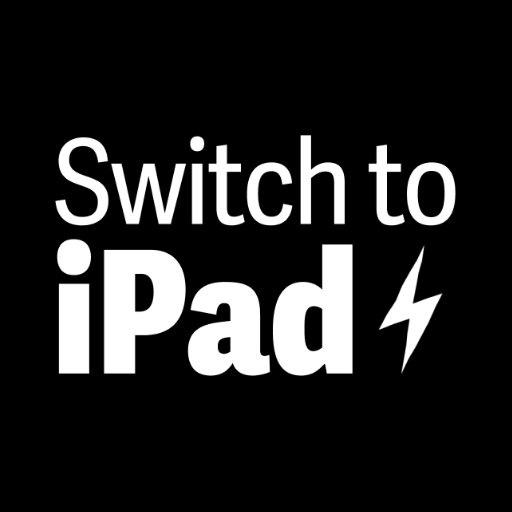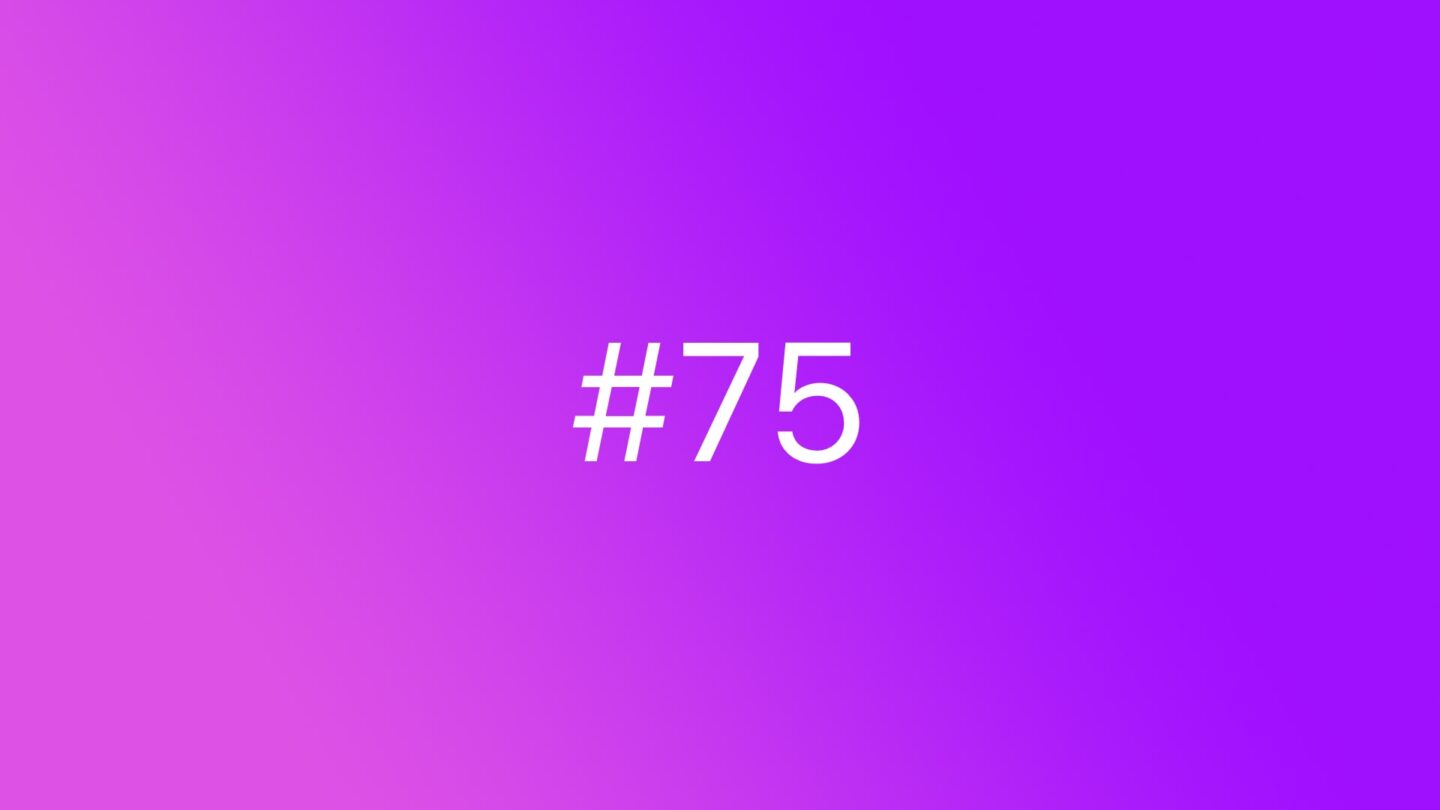🆓 This member post is free for all, thanks to our paying subscribers. Enjoy!
Hi!
You might not know this, but when I’m not going on and on about the benefits of the iPad as your primary computing platform, or working at my digital agency, I write books. Those books used to be of a technical nature, about things like WordPress and other digital stuff, but I actually write fiction too. If you’re interested, you can find short stories by me in two anthologies, Cthulhu Lies Dreaming and Haunted Futures, as well as on some other places.
I write novels too. If you’ve been following me on Twitter this Autumn, you probably noticed me doing some sporadic updates with the #amwriting (and later, #amediting) hashtags, as well as some dedicated hotel writing sessions. I’ve been working on a manuscript, in Swedish, so I won’t be sharing any excerpts, for a publisher’s call. It’s done, it’s edited, and it’s been sent in. Yay me, and all that jazz.
Naturally, this whole thing was done on an iPad, and I’d like to tell you about it.
My process
I’d like to say that I have a very set process when I’m writing fiction, but that isn’t necessarily true. It depends on the story, for me, and I’m always prepared to throw it all out in favor of some other method, if I find that things aren’t working for me.
This book was pretty tightly planned, though, due to a pretty aggressive deadline. To be honest, it wasn’t aggressive at first, I just didn’t get started soon enough. I do think I work best with a deadline, so that might’ve not been a bad thing, but it definitely limited me in terms of how I could approach the book.
These were the steps:
- Idea and research.
- Outline.
- Write the manuscript.
- Edit and rewrite.
- Spellcheck and send it in.
One thing is very much absent in this five-step model, and that’s beta readers. I prefer to hand off my manuscript after I’ve done the first edit and rewrite (and possibly another edit), to see what fresh eyes would find. There wasn’t any time for that, though, so that couldn’t happen.
Step 1: Idea and research
To write a book, you need an idea for a story. Occasionally, that just comes to me, but here, I noticed that the deadline loomed, so I picked a setting, and then wrote pieces of things that could happen. Like a red Fiat Punto on the countryside, which was my first note. Then I had to research Fiat Puntos, which was easy enough to do, almost unnecessary, obviously, but it’s the way I went about things, this time. Anything that ended up in my idea and research note — an actual note in Notes, this time around, with a mixture of handwritten madness, dropped in images, and text notes — got researched. This isn’t a particularly complicated settings (Swedish countryside), but I did check things in Maps several times, and made sure that whenever the protagonist traveled, the times added up. Those are details that annoy me when they feel off.
All of this, along with ideas for characters in the story, started in this note. I fiddled with it for a few weeks, before committing to the idea.
🛠 If this process had started today, I’d be using the iPad mini with Apple Pencil for most of it, but as it wasn’t released yet, I used the 12.9” iPad Pro with the Notes app.
Step 2: Outline
Some writers outline extensively, others pride themselves on saying that they want the story to surprise you. I’ve found that the story will always surprise you, as long as you don’t treat your outline as something set in stone. That said, the less time you have, the more extensive your outline needs to be. You might sit there one morning not getting any words out, and that, when it happens, is both a horrible feeling, and critical if you’ve got a tight deadline. If you have an extensive outline, you can just check that, and get to work.
I didn’t outline this story extensively. I wasn’t in the mood for that experience, and I really needed to just get started. Instead, I focused on some key characters, and big events. That meant that my outline was more of a rough sketch of where the story was going, including a very fuzzy ending that I wasn’t sure off at all.
You might’ve read my review of the Story Planner app. I used it for this project, and although it’s not perfect, as you probably saw, it did get the job done. Even though the outline was sporadic at times, I did get some support from it, and it was easy to tweak and update as I went along, thanks to the app.
I spent two days, on and off, doing this. I did keep updating both the outline and the character cards during my writing process, which probably kept me sane on those long writing sessions, locked in a hotel room. Just glancing at the app to see where I was going, or who was married to whom, saved me a lot of time and doubt.
🛠 This process was fluid over the whole project, so I used just about everything there: The 12.9” iPad Pro, iPad mini, and Apple Pencil, alongside the Story Planner app.
Step 3: Write the manuscript
I started writing the actual manuscript on September 20th. It was slow-going at first, I didn’t write daily, which is almost a must for me. In mid-October, I’d found my grove a bit, and after the first hotel writing session, things just rolled on.
What I did was, I checked into a nice hotel on Thursday afternoon, and then I wrote until early afternoon on Friday. I was obviously taking breaks, for dinner and the like. I managed just over 10,000 words in that session, which I sort-of live-tweeted. It gave the manuscript the word-count bump it needed. I did another one of these hotel sessions in November, and around the 20th, the manuscript was done.
I wrote the whole thing in Ulysses. When sitting at home, I’ve got the 12.9” iPad Pro mounted to the wall, and use the Keychron K2 and Magic Trackpad 2. It’s a great writing spot. When I’m at the hotel, I use the same iPad Pro, and the Magic Keyboard. It’s not great ergonomics, as you know, but it gets the job done, thanks to the fact that the Magic Keyboard is full-sized, and pretty decent to write on.
Here, I started to keep some extra notes using Ulysses’s excellent inline notes feature. These were small research notes for things that I didn’t want to break my writing for, and things I wanted to avoid forgetting in the story. I could’ve stuck them in Story Planner, but keeping the small stuff in the manuscript, and the larger strokes in the outline, felt right to me at the time.
🛠 I think I wrote about half of the manuscript on the Keychron K2 keyboard, and the other half on the Magic Keyboard, using the same 12.9” iPad Pro for both. Everything went into Ulysses.
Step 4: Edit and rewrite
Finishing a manuscript is a great feeling. Usually, I want to stick it in a virtual drawer for a month or more, but there wasn’t time. I didn’t work on it for a couple of days, then I went through the whole thing, doing light edits and rewrites. It was a stressful phase, the deadline was ten days away when I started this, but thanks to somewhat decent planning to begin with, it wasn’t as bad as it could’ve been.
The first pass was done in Ulysses, taking care of all those notes I’d left. I debated to just target them, there are ways to just jump between the notes, but I ended up going through the entire thing and dealing with the notes as they came along.
When I’d gone through it all, I exported to DOCX, and opened that in Pages. This step wasn’t necessary since I didn’t need to track changes or anything Microsoft Word compatible at this stage, but I wanted it for myself, and also to view the manuscript differently. I like Pages, always have, but I had to relearn it since it was quite some time since I needed the more advanced features for setting up a document. Anyway, I went through the manuscript again.
🛠 This whole process was done at my desk at home, which was great for the long, sometimes boring sessions. Editing isn’t my favorite part of the process, if you know what I mean. I added the Pages app to the mix, as noted above.
Step 5: Spellcheck and send it in
Almost there! Two days prior to the deadline, I spellchecked the full thing. As I went through that, I also made sure that my formatting was following the publisher’s (for this call, blessedly lax) document settings. Thereafter, I exported the document to DOCX, swore a bit and did some minor edits to the cover page, and the exported it again. This call was answered via email, so I sent it in, and saved the confirmation auto-reply.
That’s it, the book was done, or as done as it could be at this stage, with these circumstances. I didn’t miss a Mac, or any form of traditional computer, at any stage of this process, as I knew I wouldn’t.
🛠 Same as above, adding an email app to actually send the thing.
What happens next?
The next step for me is to start working on my next book. It’s a shorter one, a fairy-tale sort of thing aimed at children, so while I’m writing it in Swedish, I might translate it to English.
For the manuscript mentioned above, I’ll have to wait to March next year to hear back. I don’t have particularly high hopes for the publisher picking it up, the story veered a bit from the original scope and brief, but we’ll see. If they don’t want it, I’ll send it to some beta readers, give it another editing pass based on their feedback, and then shop it around. These things take time, especially if you’re not one of those successful author-types. I’ve got another book actually coming out in a year or two, also in Swedish, and I wrote that eight years ago. It’s been floating around ever since, so patience is a virtue, as they say.
If a published do pick up this particular manuscript, however, I’ll start working with an editor. That means sending DOCX files back and forth, using the aforementioned track changes feature in Pages. I could use Word for this, but Pages supports it just fine, and so does some other apps, so I wouldn’t have to change my setup at all.
Writing a book on an iPad is hard work, but it’s the writing and editing that’s hard. The iPad handles it easily, even shines if you like to do notes and schematics using the Apple Pencil. I recommend it.
Thanks for reading. I hope you found this issue of Switch to iPad interesting. Don’t hesitate to reach out if you have any questions about the process of writing a book, or indeed any long-form text on an iPad. I’ve done it for years, and I’m happy to help.
Until next time, take care.

